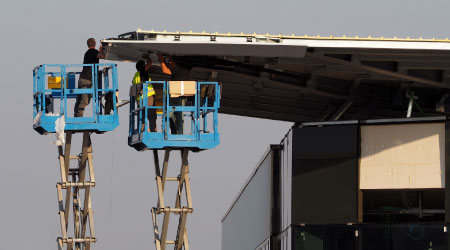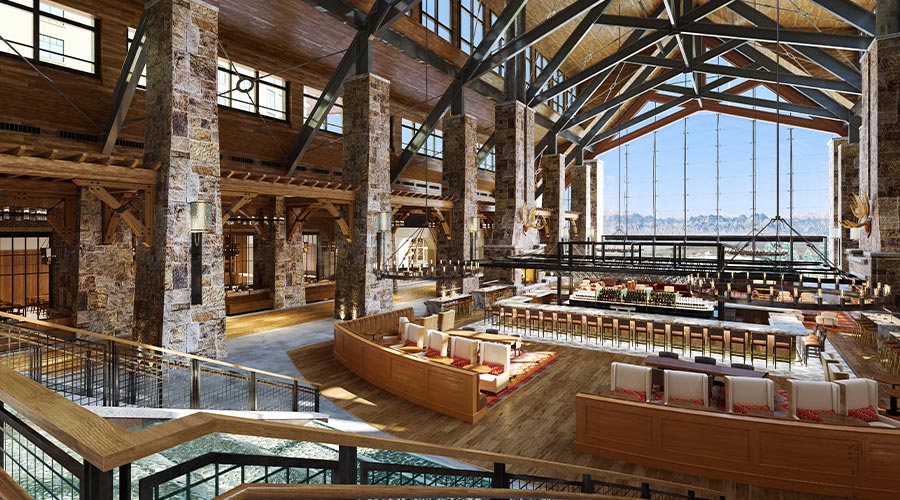Step-By-Step Approach Ensures Workers Have Access to Spare Parts
When it comes to replacement parts and equipment components for maintenance, repair and operations (MRO), most maintenance and engineering managers in institutional and commercial facilities do not even know what their departments have. Those who do know probably are not sure exactly where everything is.
Consider one physical inventory of a storeroom that was conducted by a team of non-maintenance auditors. The results demonstrate the many inventory challenges that managers face. In perhaps the most troubling of all the inventory's findings, the auditors discovered that the number of missing parts totaled more than $1 million dollars.
Several problems contributed to this gross inaccuracy. By investigating these problems and the reasons for them, managers can develop an effective strategy for setting up and keeping an accurate, reliable inventory of the parts in their facilities' MRO storerooms and warehouses.
Past Their Time
The first problem involved obsolete, no-longer-used, and cannibalized parts that nonetheless remained in the storerooms and created confusion for the storeroom's supervisors and front-line technicians. As a result, parts that were written off long ago — or should have been — or that were never accounted for as MRO inventory inflated the dollar value of the inventory.
The solution in this case was a methodical, disciplined, no-nonsense, zero-tolerance process to remove all parts from the storeroom that were obsolete, no longer used, cannibalized, or broken. Auditors should document all obsolete parts, regardless of value, before removing them to scrap salvage bins or areas away from storerooms. Some parts might require a final disposition by accounting — in other words, a write-off — before removal to salvage.
This process also offered the department an opportunity to clean the storeroom to make it more efficient. Workers replaced all broken pallets and damaged bin box containers and removed all trash and junk. They also consolidated parts to free up additional space, and they replaced all rusted, bent, damaged, obsolete, or worn pallet racks and shelving with new units that were more functional and efficient.
Location, Location, Location
The storeroom also suffered from inaccurate identification of parts locations, which caused storeroom supervisors to overlook many parts. For example, the identification system labeled one section of pallet racking with five levels simply as B-1 on the bottom-most level. As a result, the system only counted parts on that level.
The solution was to mark each parts-storage location with a unique identifier using high-visibility label tape. In the example cited, B-1 became PR-1 through PR-05. Each level contained two pallet-storage spaces. Now, shelving is identified by row, and each shelf in that row is marked in numerical sequence. For example, Row A becomes Row A-1 through A-27.
Related Topics:













